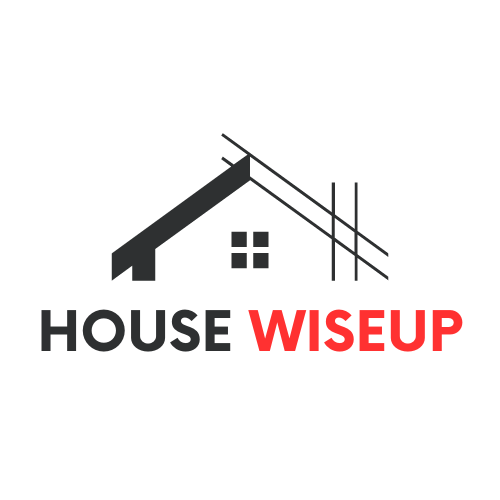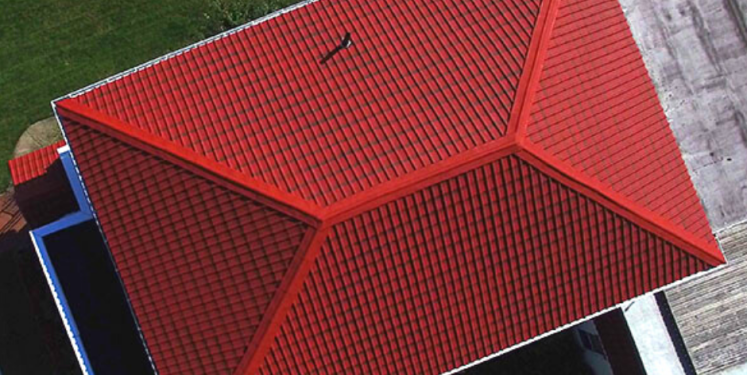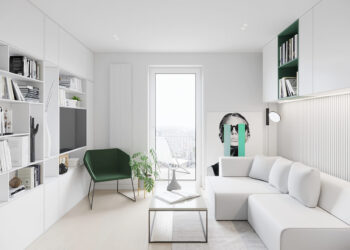When it comes to constructing or renovating a building, one of the most crucial aspects is the design of the roof. The roof not only serves as a protective covering for the structure but also adds to its aesthetic appeal. From traditional to modern, there are numerous roof designs to choose from, each with its own set of advantages and disadvantages. In this article, we will delve into 10 popular roof designs, examining their pros and cons to help you make an informed decision for your next project.
Gable Roof Design
The gable roof is one of the most common and recognizable roof designs, characterized by its triangular shape formed by two sloping sides meeting at a ridge. This classic design offers simplicity and practicality, with excellent drainage capabilities and ample attic space for storage or living. Gable roofs are popular for their traditional appeal and versatility, suitable for a wide range of architectural styles from colonial to contemporary. However, they can be vulnerable to high winds, especially if not properly braced, making them less ideal for regions prone to hurricanes or tornadoes. Despite this drawback, the gable roof remains a popular choice for homeowners and builders alike due to its timeless aesthetic and functional benefits.
Pros: Simple design, excellent drainage, provides attic space, allows for ventilation.
Cons: Susceptible to high winds, may require additional bracing in areas prone to hurricanes or tornadoes.

Hip Roof
A hip roof is a type of roof where all sides slope downwards to the walls, usually with a fairly gentle slope. This design offers several advantages, including excellent stability and resistance to strong winds. The characteristic slope on all sides also provides ample space for attic ventilation, which can help regulate temperatures and moisture levels inside the building. Additionally, hip roofs lend a timeless aesthetic appeal to a variety of architectural styles, from traditional to contemporary. Their versatility and practicality make them a popular choice for residential and commercial structures alike. Exploring roof design options, architects are increasingly considering innovative solutions like peel and stick roofing to enhance durability and simplify installation processes.
Pros: Offers stability in high winds, all sides slope, provides good drainage, ideal for snowy regions.
Cons: More complex design, can be costlier to construct than gable roofs.
Flat Roof
A flat roof presents a sleek and modern aesthetic, often synonymous with contemporary architecture. Its clean lines and minimalist design evoke a sense of simplicity and efficiency. Flat roofs are versatile, offering space for rooftop gardens, solar panels, or even additional living areas. While they may lack the traditional charm of pitched roofs, they provide practical advantages, such as easier maintenance and more efficient use of space. However, proper drainage and waterproofing are crucial considerations to prevent issues like ponding water or leaks. Despite their challenges, flat roofs remain a popular choice for those seeking a bold and functional architectural statement.
Pros: Economical, easy to construct, provides additional outdoor living space.
Cons: Prone to leakage if not properly sealed, requires regular maintenance, limited drainage capacity.
Mansard Roof
A Mansard roof is a distinctive architectural feature characterized by its double slope on all four sides. Named after the 17th-century French architect François Mansart, who popularized its use, the Mansard roof is notable for its steep lower slope and almost flat upper slope. This design allows for additional living space or storage within the attic, maximizing the use of available space. Often seen adorning historic buildings and elegant residences, the Mansard roof adds a touch of sophistication and charm to the architectural landscape, embodying a timeless elegance that continues to captivate admirers worldwide.
Pros: Maximizes living space, provides aesthetic appeal, allows for easy addition of dormer windows.
Cons: Expensive to build, requires regular maintenance, may not be suitable for regions with heavy snowfall.
Gambrel Roof
The gambrel roof, known for its distinctive double-sloped design, is a classic architectural feature often found in traditional American barns and Dutch Colonial style homes. Characterized by a steeper lower slope and a shallower upper slope, this roof style offers both practicality and aesthetic appeal. The steep lower pitch provides ample space for storage or living quarters, while the gentler upper slope adds charm and visual interest to the structure. Its design efficiently sheds rain and snow, making it suitable for various climates. The gambrel roof’s timeless allure continues to inspire modern interpretations in residential and commercial architecture, blending functionality with elegance.
Pros: Provides additional headroom and storage space, visually appealing.
Cons: Vulnerable to high winds, may require additional support, limited ventilation.
Shed Roof
The shed roof, characterized by its simple yet effective design, slopes downwards from a higher point to a lower one, resembling the roof of a traditional shed. This type of roof is practical, offering efficient drainage for rainwater and snow, making it ideal for regions with heavy precipitation. Its minimalist profile lends itself well to modern architectural styles, often complementing contemporary homes and structures with its clean lines and uncluttered aesthetic. Despite its straightforward appearance, the shed roof can be customized to suit various design preferences, whether it’s incorporated into a sleek urban dwelling or a rustic countryside retreat, adding both functionality and visual appeal to any building.
Pros: Simple design, easy to construct, ideal for modern and minimalist architecture.
Cons: Limited attic space, may not be suitable for regions with heavy snowfall.
Saltbox Roof
A saltbox roof is a distinctive architectural feature characterized by asymmetry and a steeply pitched slope on one side and a shallower slope on the other. This design originated in colonial New England, where it was a practical solution for extending living space in homes with limited resources. The steep side of the roof provided ample headroom and storage space in the upper story, while the shallower side allowed for easier construction and maintenance. The name “saltbox” derives from the resemblance of these houses to wooden salt containers of the time. Today, saltbox roofs remain popular for their unique charm and historical appeal, often seen adorning homes across various regions.
Pros: Unique design, provides additional living space, offers good drainage.
Cons: Requires skilled craftsmanship, may be challenging to waterproof.
Butterfly Roof
The butterfly roof, an architectural marvel, gracefully sweeps upwards from its central ridge, resembling the elegant wings of a butterfly in flight. This unique roof design, characterized by its striking V-shape, creates a dynamic and modern aesthetic while also serving practical purposes. Its upward slope allows for ample natural light to flood into the interior spaces, illuminating and enhancing the ambiance within. Additionally, the distinctive shape provides excellent rainwater drainage, efficiently directing precipitation away from the structure. As an iconic symbol of contemporary architecture, the butterfly roof effortlessly blends form and function, captivating the eye and inspiring admiration for its beauty and ingenuity.
Pros: Modern and visually striking design, allows for natural light and ventilation.
Cons: Requires specialized construction techniques, can be costly to build and maintain.
Jerkinhead Roof (or Dutch Gable)
The Jerkinhead Roof, also known as a Dutch Gable, is a distinctive architectural feature that combines elements of both a gable and a hip roof. Characterized by its clipped gable ends, the Jerkinhead Roof offers a unique aesthetic appeal while providing practical advantages. By partially truncating the gable, it offers increased stability and wind resistance compared to a traditional gable roof. This design also allows for additional space within the attic or upper floor, offering versatility in both residential and commercial structures. The Jerkinhead Roof’s charming blend of form and function makes it a popular choice in architectural design, adding character and flair to buildings while ensuring structural integrity.
Pros: Combines the stability of a hip roof with the additional space of a gable roof, offers architectural interest.
Cons: Complex design, may require skilled labor for construction.
Curved Roof
The curved roof of the contemporary building gracefully arcs towards the sky, its sleek design blending seamlessly with the modern architecture. Constructed with precision and elegance, it offers a striking contrast to the rigid lines of surrounding structures. The smooth curvature of the roof not only serves an aesthetic purpose but also reflects thoughtful engineering, ensuring efficient drainage and optimal structural integrity. As sunlight dances upon its surface throughout the day, casting ever-changing patterns of light and shadow, the curved roof becomes a captivating focal point, embodying both innovation and beauty in architectural design.
Pros: Unique and futuristic design, allows for creative architectural expression.
Cons: Expensive to construct, may require specialized materials and techniques.
Conclusion
The choice of roof design for your building project depends on various factors such as climate, budget, architectural style, and personal preference. While each roof design offers its own set of benefits and drawbacks, it is essential to carefully weigh these factors before making a decision. Consulting with a professional architect or structural engineer can also provide valuable insights and guidance in selecting the most suitable roof design for your needs. Remember, a well-designed roof not only enhances the functionality and durability of a building but also adds to its overall aesthetic appeal.








Comments 1